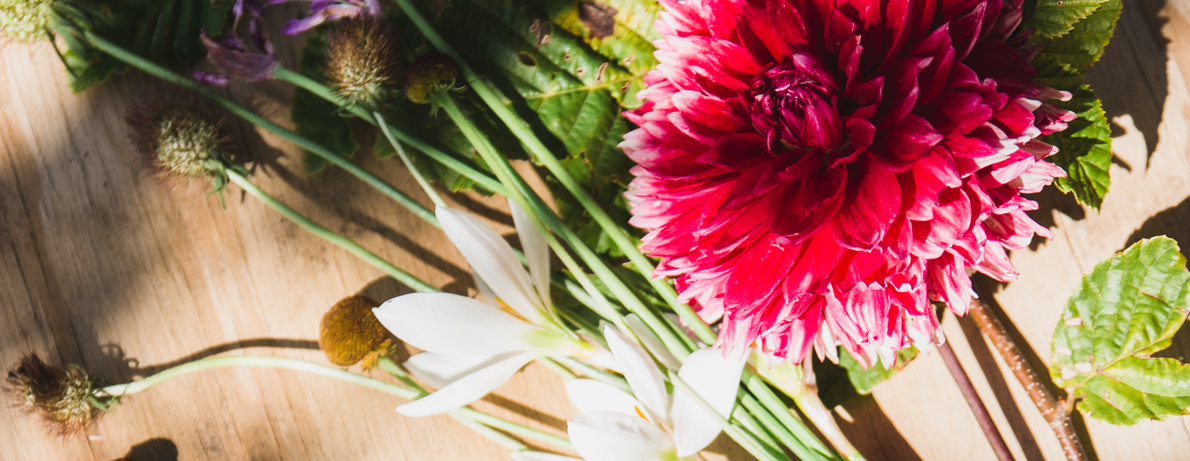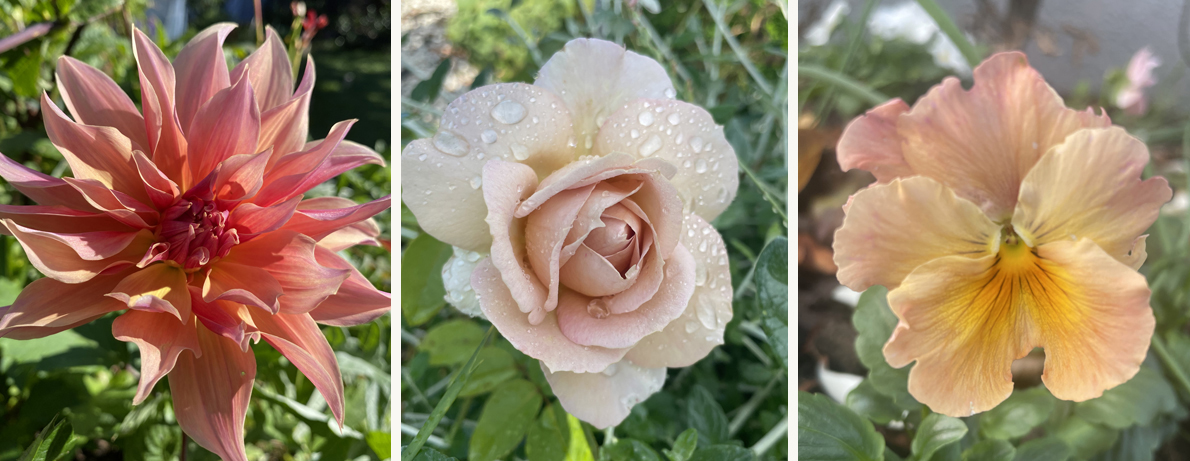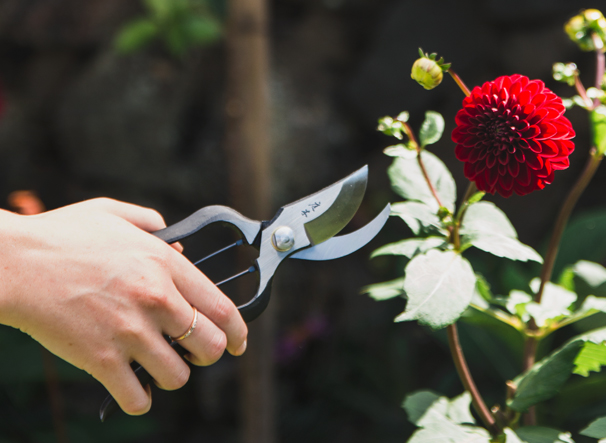Posted by Kelly Jean Reyland
8th Nov 2023
How to get nonstop garden colour through summer

Summer can be a glorious time of year when flowers bloom prolifically in the garden. But how do we ensure that our plants keep flowering over the months of summer and into autumn?
Watering and feeding your plants are both important to ensure the plant is as happy and healthy as it can be and we’ll talk a little more about feeding later in the blog. The best thing you can do to ensure lots of flowers is to deadhead your plants.
When we go back to the basics of what a plant's purpose in life is – it is essentially to reproduce. The main way plants reproduce is by creating seeds. These seeds develop after a flower is pollinated. Once the seeds have matured, the plant will have a unique method that disperses the seeds so they can go on to grow into the next generation of that plant.
Once seed has been set and dispersed the plant's life cycle has been fulfilled. In the case of what we call ‘annuals’ - colour plants like pansies or petunias we buy in punnets or as ‘potted colour’ that typically only last a season or two - they will then start to die to create room for the next generation to grow up. This is where deadheading comes in. If you remove the flower as soon as it dies or wilts, you have stopped seeds being created and the plant’s life cycle hasn’t been completed. The plant then produces another flower to produce seed and complete its life cycle. This is how you get a flowering plant to keep on flowering throughout the summer and into autumn and avoid having to plant another round of plants. Keep dead heading right through summer and into autumn.
Now plants that we call shrubs, perennials and biennials – essentially anything that lives longer than a year- don't die after setting seed but the principle generally remains the same. Remove the flower before it sets seed and the plant produces another flower to try again.

There are a few exceptions, some roses only have one intense flush of blooms and once they finish, that is it for the year. Dead heading won’t extend their flowering season. Rambling roses for example, only have a single flush. Most modern roses are bred to be ‘repeat flowering’ which means they will produce new flowers about every 5-6 weeks if you deadhead them. So if you are choosing a new rose to plant, keep an eye out for ‘repeat flowering’ on the label, this will help lengthen the summer flower show in your garden.
Top tip! If you want roses to be flowering in your summer garden for a wedding or event – deadhead and feed them six weeks out from the date.
Another top tip! When you dead head, don’t just pull off the petals, you need to cut it off further down the stem. The rule of thumb for roses is to cut just above the first set of 5 leaves.
A further benefit of dead heading is that you are essentially giving your plant a light prune as you do it. This encourages the plant to ‘bush out’ or form more side branches which give you more stems for flowers to form on. It is usually worth sacrificing the first flowers on the plant when you plant it, pinching the main growth tip out. This causes it to be a shorter, bushier plant with lots of branches and flowers, rather than a taller plant with fewer side stems and fewer flowers. If your plant has gotten quite ‘leggy’ or straggly during the growing season, a hard cut back will sacrifice the current flowers but you’ll end up with a bushier plant with many new blooms on it.
A little bit of planning goes a long way with colour, so consider what colour you already have in your garden and see where and when the gaps are. One of the easiest ways to ensure you have some colour in the garden all year round, is to visit a public park or garden at least once a month and see what is flowering at that time and then pop into a garden centre and see if it is available in store. (Take a photo of the plant with you!)
Whenever possible choose long flowering plants to include in your garden. Options like salvias, perennial petunias, federation daisies and gaura are all fabulous options that flower right through to the first frosts- and they will generally last a few years, making them good value for money.

Flowering takes a lot of energy for the plant to produce, energy that is diverted from plant growth and root growth. Ensure that you feed your plant regularly so it has all the resources it needs to grow and thrive – as well as flower beautifully and repeatedly. Be strategic in what you feed with. If you are encouraging flowers, a food that has a higher K (Potassium) rating in its NPK rating than Nitrogen is a good place to start. A rose fertiliser is always a safe option for flowering plants as it is going to be formulated to encourage lots of blooms.
A fertiliser that is high in Nitrogen (N) is going to encourage green leafy growth but not flowers. This is ok to feed with after it’s finished flowering but not if you want it to perform in summer!
Liquid fertiliser is a great option for a quick boost, but use it in conjunction with a granular or slow release fertiliser - it’s a bit like an energy drink for plants - utilised immediately but used up really quickly so they have to be reapplied about every two weeks if they are your main form of fertiliser. Again, check the NPK rating so you are using something appropriate for your expected results.
If your plants are in pots, they will need slow release fertiliser applied approximately once a season. Slow release fertiliser is safe for plants in pots as it won’t burn roots. Always check the fertiliser packet as it will state if it is not recommended for use in pots. Remember that potting mix is a case of you get what you pay for and the more expensive mixes will have longer lasting fertiliser in it. Make sure you read the packet (it will state anywhere from 3 to 12 months), as you are the main source of food for the plant after the fertiliser in the mix runs out.
Water plays an important role too. If a plant is allowed to dry out to the point of stress or wilting regularly, the plant will think it is going to die and it will ‘bolt to seed’. Essentially it rushes to flower so it can set seed before it dies, to go on and create another generation. Avoid this situation as even if you deadhead the flower, the plant is already at death's door. When you water, avoid getting the moisture on the leaves to help prevent issues with fungal diseases which will affect the plant health and therefore the number of flowers.
You can have a wonderful display of colour right throughout summer and into autumn, by getting the basics of feeding and water right and utilising dead heading to use the plants natural processes to your advantage. A little bit of regular effort will reap an ongoing reward of colour!
Written for Gubba by Kelly Jean Reyland from Garden Advice NZ (www.gardenadvice.co.nz)


























